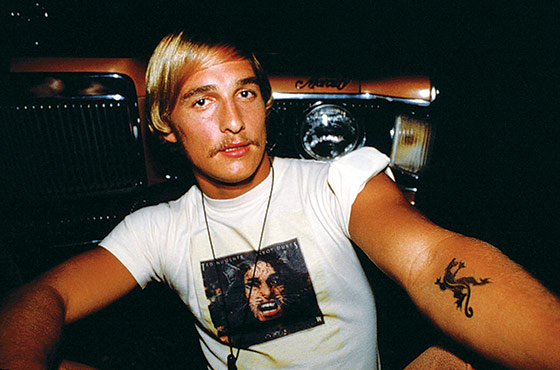
Not a lot seemed to be brewing in American movies in 1993, but it was, in retrospect, a seminal year. You have to understand how depressing the eighties had been—how the gutsy, handmade films were no longer getting financed, the era snuffed out by corporate studios and formula-driven anti-artists like Jerry Bruckheimer. Then came Miramax and the Weinsteins. Insiders snickered when Harvey paid a million for sex, lies, and videotape in ’89, but he had the last laugh. In 1992, Quentin Tarantino made a splash—or perhaps a splatter—with Reservoir Dogs. In 1993, Tony Scott shot Tarantino’s script for True Romance but at the last minute straightened out its splendidly pretzeled syntax. The same year, Tarantino—under Harvey’s auspices—was sticking to his nonlinear guns and shooting perhaps the nineties’ most influential movie, Pulp Fiction. There were a few good studio films released in ’93, among them Richard Linklater’s shockingly recognizable Dazed and Confused. But far more interesting films were gestating that year, to be released later: Ben Stiller’s Zeitgeist-defining Reality Bites, Larry Clark’s grungy Kids, and Kevin Smith’s scrappy Clerks. Harvey would pick up Kids and release it to much fanfare without a major distributor. (He would also pressure Smith to cut Clerks’s downbeat ending.) Sundance would become a media event, studios would create “specialty” divisions, and kids in film school would have a new raft of role models that even now, twenty years on, cast long shadows.
